Howdy 👋
Have you ever had an idea that could help society in its decarbonization mission, but don’t work for a university or have a PhD? One of our writers breaks down why this misconception leaves Millions untouched and ideas without funding.
Also we had flurries here in New York and honestly would like that to stop in April, so if you have an idea – please go get some funding to develop it further 🙃
Also if you’re in the mood to make some lifestyle changes and want suggestions on actions to take – check out SoapBox Project. Its a weekly 3 minute newsletter that shares convenient ways to make sustainable decisions in your lifestyle. 4000+ people use it through their bite sized climate action plans.
– Swarnav S Pujari
In Your Inbox: Synthetic Biology and how it makes sustainable food; supply chain logistics for food; grant funding for cleantech ideas; portable batteries to replace diesel generators
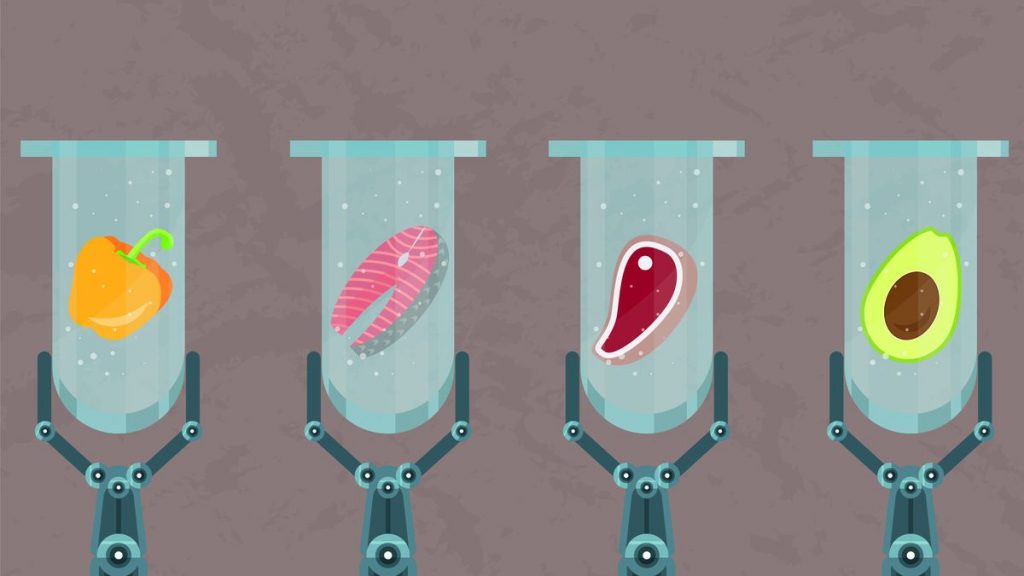
The pre-pandemic world of May 2019 might seem like an eon ago but it is less than two years since Beyond Meat went public and kicked off an explosion in the alternative protein market. We’ve since seen a proliferation of start-ups tackling plant-based meat and dairy, as well as a burgeoning cultured meat space.
You could be forgiven for thinking that we are in an overblown alt-protein hype-cycle. However, amongst this noise over the last two years there have been some quiet — but monumental — developments in synthetic biology, which is the technology stack that will underpin a massive revolution in our food and agricultural systems. This overview provides an insight into my vision for what that future might look like.
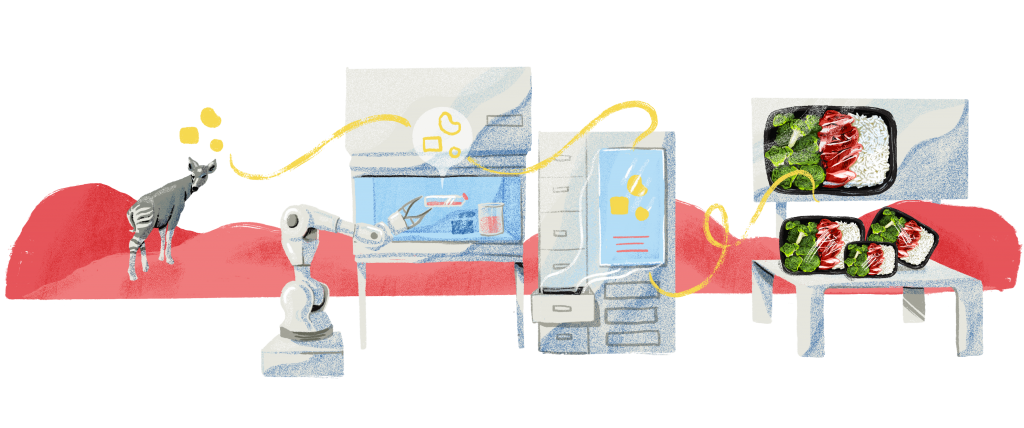
But first, what is synthetic biology? ‘SynBio’ refers to the application of engineering and computer science principles to biology, allowing us to use biological systems to manufacture products. In plain English: We can harness the power of living cells to grow food and crops in a factory-like process (i.e., we can grow meat in a lab)! We feed these cells nutrients and grow them in giant bio-reactors in a setup that somewhat resembles a brewery or distillery.
If the current bevy of innovative companies we are seeing today take root, ten years from now, much of our meat will be grown in renewably-powered ‘protein breweries’ distributed across urban centres around the world. These breweries will produce a wide-range of products from the seafood we eat today through to ingredients for creative new hybrid products we can’t even imagine. It has the potential to completely change the way we eat because we can scale to demand, democratising access to foods — from pork and beef to caviar and lobster — that are limited by nature… without wiping out the Beluga!
More than just protein though, breweries will produce other products that currently result in negative environmental externalities. Many of these crops can be grown regeneratively, just not at the scale we demand from them. So the breweries will pick up the slack by mass-producing cotton, cooking oil, butter, sugar, coffee… even chocolate! They will use an order of magnitude less water, land, pesticides, and chemical fertilizer while reducing distances required to move raw ingredients and end-products.
In this vision of the future, there will still be plenty of work to do on the land. Farms will continue to switch to lower-intensity regenerative grazing, growing organic high-end crops, and rehabilitating the soil. Some land might be rewilded, or dedicated to specific nature-based carbon removal projects. The pressure valve will be released on both farmers and our land, who are currently facing the impossible task of catering to the consumption of an ever-growing global population from a finite amount of arable land, topsoil and nutrients.
And the companies that succeed in this new world? Brand continues to become increasingly important. Selecting and purchasing our protein will be more like buying wine from our favourite grower than picking up a generic steak in the supermarket. Companies and growers that best understand their end-markets and connect with customers will be the big winners.
At ReGen Ventures we back teams of visionary pragmatists who are transforming every aspect of our lives for the better by using regenerative technology. Here are three startups we’ve met that embody these principles and provide some of the most promising glimpses into that future.
One of the most interesting evolutions at the intersection of the alt protein boom and synthetic biology comes to us from the boffins at Vow. They’ve taken a first principles approach to meat consumption, asking why we eat the meat that we do. Is it because we decided, of all the thousands of species that coinhabit our planet, that beef and chicken were the best combination of taste and nutrition? No! Our diet is mostly driven by the animals our ancestors found easiest to domesticate thousands of years ago.
So, the team at Vow asked: what if that requirement were taken away? When we are able to produce meat without the need to domesticate and slaughter any animals at all, what would we choose to eat? Which meat represents the optimum combination of nutrition and taste? What if you were able to combine different types of meat, say the taste of Bluefin Tuna with the nutrition of lean Kangaroo? The questions and experiments that Vow is grappling with could reshape the entire way we think about eating protein!
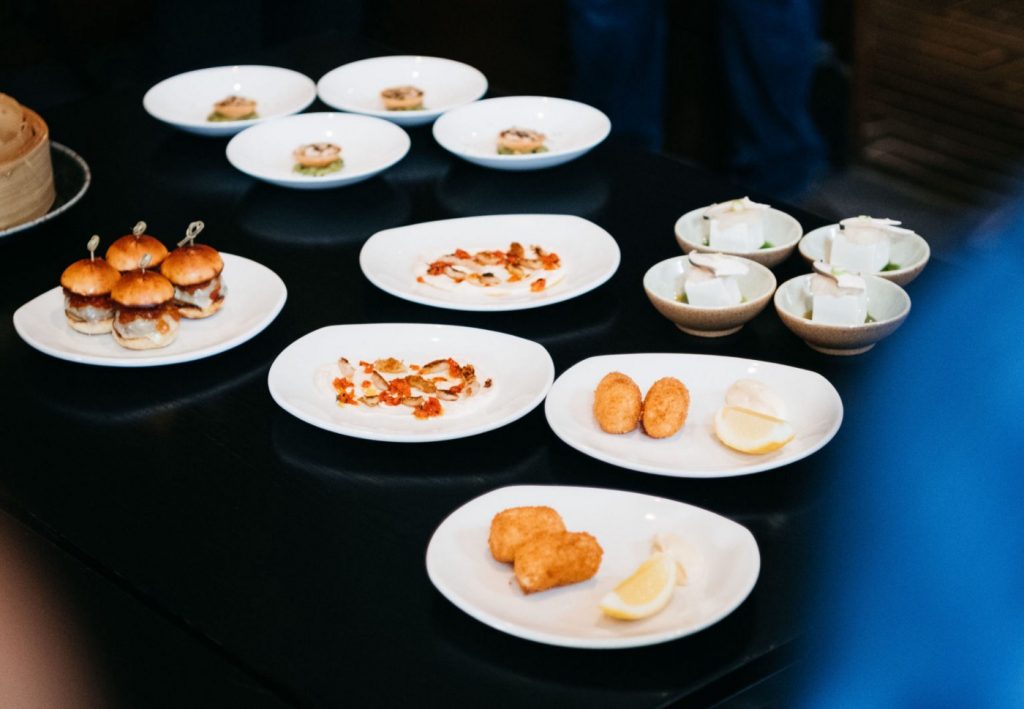
Another evolution that demonstrates the maturation of the alternative protein space is the growth of B2B startups focusing on the supply chain. Plant-based protein companies are facing increasing scrutiny for the length of their ingredient lists amid a broader backlash against highly processed foods. One of the largest challenges faced by plant-based meat alternatives is that in animal meat, fat provides a lot of the flavour, juice and ‘sizzle’. Without animal fat, companies are forced to approximate those characteristics with a long combination of oils and additives, contributing to the ingredient list problem.
Enter Hoxton Farms. This team from Oxford are developing cell-based fat, grown in a lab, that can be used as an ingredient in plant-based meat alternatives. This fat would replace the long laundry list of oils and additives to provide the familiar flavour consumers crave without the harm to animals or our planet. These hybrid products may represent the optimal solution of plant-based protein combined with cultivated animal fat to deliver a burger that tastes better than the beef we eat today while remaining at an affordable price.
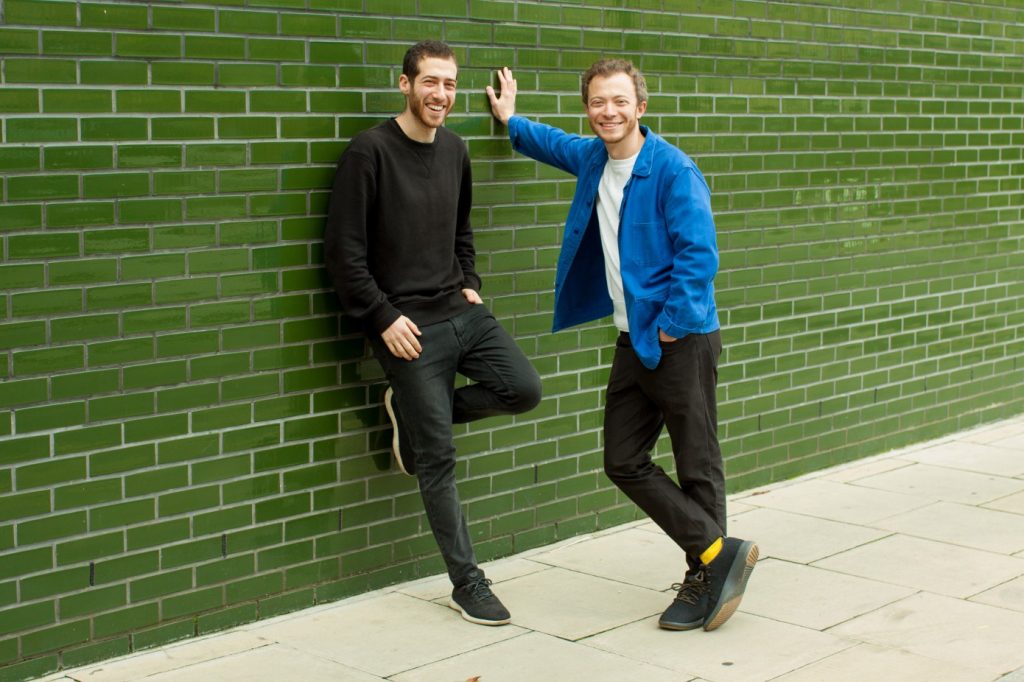
The massive capital investments into the cellular-meat space are helping to drive down costs in critical areas such as the growth media and bioreactors required to scale production. As the cost of this technology decreases and expertise compounds, other adjacent markets are unlocked. One of the best examples we’ve seen of this comes from the team at Galy, who have an ambitious plan using synthetic biology to revolutionise the fashion industry. While there has been plenty of focus on the environmental effects of animal agriculture, the cotton that goes into the clothes we wear has mostly escaped scrutiny. Cotton is the world’s dirtiest crop — despite only accounting for 2.5% of the world’s agricultural land, it requires 25% of the world’s insecticides, 16% of pesticides and 7% of herbicides.
Galy has developed a method for growing individual cotton fibres in a lab in a process that shares many similarities with cell-based meat. At scale, they are aiming to produce cotton 10x faster while using 80% less land and water — and of course, no need for all the dangerous chemical insecticides. By 2030, the t-shirt on your back might use cotton sourced from renewably powered ‘plant cell breweries’ that free up precious agricultural land for the most sustainable uses.
At ReGen ventures, we believe that ‘sustainable’ is not enough. We need to go further towards a regenerative future and we believe it will be those truly transformative ideas that build the greatest enduring value. We’re looking for those relentlessly ambitious founders using ‘enabling technologies’ like synthetic biology to completely reinvent markets and systems from the ground up.
It takes a special kind of founder to imagine this new world. At times I feel like Jack Kerouac, shambling after the “mad ones, the ones who are mad to live, mad to talk… the ones who never yawn or say a commonplace thing but burn, burn like fabulous yellow roman candles exploding like spiders across the stars.”
Sign up for The Impact and learn the perspectives behind the latest sustainability trends
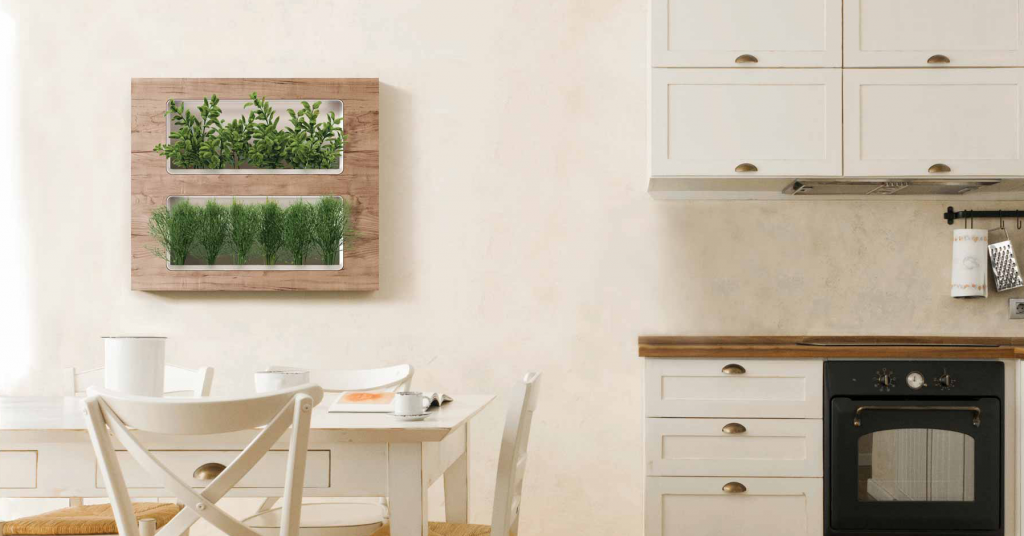
One main driver behind foodtech innovation is to reduce food waste and the resources that go into producing food. Supply chain logistics is another contributor to the problem.
This week Rashed Alkhlaifat, the CPO of Miravel, explains how Miravel is focusing on reducing the resources to get produce to market.
Miravel designs indoor wall gardens that autonomously grow fresh food in any environment. We also deliver sustainable, soil free seed squares that are packed with plant-specific nutrients and optimized to grow food in our devices. Currently, produce is grown so far away from the end user and conventional farming methods are highly unsustainable. On average, up to 40% of food grown is wasted and conventional farming techniques result in up to 7 million metric tons of CO2 emissions annually. Moreover, people do not receive the quality and nutrition from produce, that they deserve. On average, produce sits on a shelf for up to ten days before it is purchased, resulting in quickly wilted greens that have to be consumed within just a matter of days. The combination of these problems creates an environment that is inefficient and unsustainable for our society. At Miravel, our goal is to bring food closer to people so that it is can be consumed in a healthier, more sustainable manner and with far more transparency through the process.
More and more people are becoming aware of the food problem and are increasingly wanting to grow their own food; this has been especially evident during the pandemic. The problem with gardening, however, is that it usually requires significant outdoor space which a lot of people lack. Gardening is also a messy hobby that can sometimes feel complicated for those who are first starting out. This has resulted in a substantial increase in demand for products that enable indoor gardening in a simple, space efficient manner. In the current market, home gardening products either don’t grow food effectively, or are far too technical for consumers to use. Combine that with an aesthetic and user experience that is not inviting, and you have a perfect recipe for a lack of adoption. With our first product, The Wall Garden, we hope to change that. By creating a seamless growing experience that is both beautiful and functional so that everyone, no matter where they live or what their background is, The Wall Garden can bring fresh produce into their routine and home environment.
Automated food growing is a rapidly developing technology sector because of the profound opportunities it provides to solve many of the problems associated with conventional food production. Hydroponics eliminates the need for soil and is much more resource efficient due to its lack of space requirements and its ability to concentrate light and water more efficiently. Through hydroponic food growing, farmers (including forward-thinking consumers) can grow food anywhere, which is a huge value add for the entire community, including the farming sector at large. Given these advantages, the future of food is centered around sustainable and localized production, ideally, even close to where people actually live.
Reflecting on my Sustainable Food Trend Recap, one main driver behind food innovation is the reduction in emissions and resources. Miravel is working on solving this problem with autonomous wall gardens. Miravels’ approach seems similar to that of Chirps Chips’, specifically as their solution takes less space and is located closer to consumers – in this case, physically in the consumer’s house. However, as Miravel is tackling this problem with a beautifully designed wall garden with sensors, unit economics will play a factor in the success of their technology.

Government grants for cleantech entrepreneurs at early technology readiness levels, e.g. TRL 1, basic research, and TRL 2, applied research, tend to be underutilized as many think these grants are primarily for PhDs and universities.
As a grant reviewer for CalSEED and CalTestBed, I know there are very capable cleantech concepts from individuals who avoid applying because they hold this common misconception around government grants.
Perigo Welding is a small business in a small town in the Central Valley of California that provides irrigation equipment to local farmers. The founder Steve Perigo has run this company for a few decades.
Steve was able to leverage a grant through the California Energy Commission’s CalSEED prototype grant program administered by New Energy Nexus to move from idea to prototype testing. Here is a brief rundown of how this seemingly unlikely cleantech solution has progressed and what it could mean for other nascent cleantech solutions that could come from untapped sources.
As venture development manager for Fresno State’s Water, Energy, and Technology (WET) Center, my job is to help cleantech entrepreneurs move their ideas through the technology readiness level (TRL) maturation cycle which spans basic research to ready for full-scale production. When Steve and I talked a few years ago, he had an idea to design and prototype a water-filtration system that he could sell to local farmers that would use less than half of the energy used by existing water-filtration systems. Farmers who use irrigation for their crops need to filter that water for a number of reasons. The filtering process takes a lot of energy and costs farmers a significant amount of money—a cost they cannot avoid but would love to as they would sometimes quip at Steve.
During my discussion with Steve about his highly energy-efficient water-filtration system for farm irrigation, he noted that with slim operating margins from his business and the inability to secure debt financing for a prototype, he was hamstrung in moving forward with this concept that could save farmers money and our community a lot of energy. So, I let Steve know about a funding program for cleantech startups that was new at the time called CalSEED where grant awardees are reimbursed up to $150,000 to take a cleantech concept from applied research to testing with an opportunity to be awarded a second round of funding of up to $450,000.
Steve applied for a CalSEED grant even though he had never before applied for an R&D grant. As a judge for the CalSEED grant program, I was able to see Steve’s application not only hold up against a lot of other grant applications from more metropolitan areas and from entrepreneurs with more prominent cleantech scientific and educational credentials, but his application earned the highest score of that cohort. (And, no, I was not able to vote on his application.)
As a result of the CalSEED funding, Steve and his team have designed, built, and tested this water-filtration prototype that uses less than 50 percent of the energy used by current options. Steve hopes he soon has a valuable product solution for the farmers he serves who would love to reduce their energy bills.
Not nearly enough entrepreneurs are aware grant funding opportunities exist for anyone willing to put in the work and to take on the risk, regardless of their university or educational background. Thankfully, funding from the California Energy Commission (CEC) through programs such as CalSEED and CalTestBed allows entrepreneurs significantly more access to grant funds where a welder in a rural community, as noted here, can develop cleantech solutions that help us meet our energy goals.
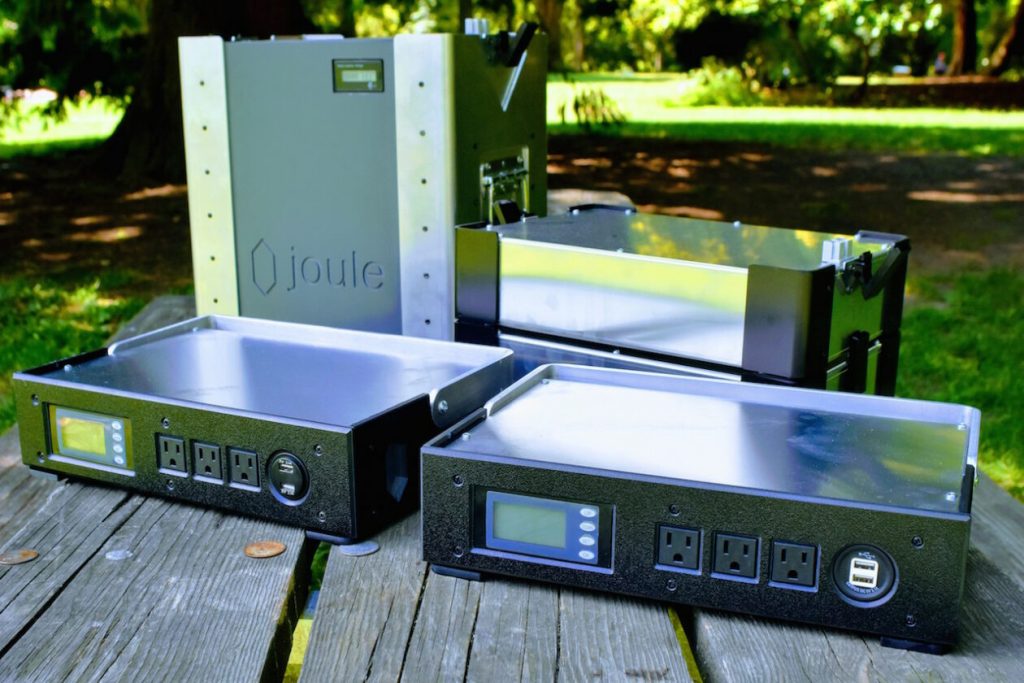
As more electric appliances are integrating into our modern lifestyles, such as smart home devices and electric vehicles, we need a reliable source of energy to power our day-to-day. As more devices are turning from gas to electric, Joule Case could be the perfect energy source.
Joule Case is a module battery system that can stack and does not require an installer, unlike other energy generators. This means it is a versatile option with a variety of different scenarios. It is purposely designed to have all the building blocks to make portable temporary backup systems that can replace products in the marketplace.
In the future, the battery storage space will get more efficient: smaller and increasingly powerful. This will provide new opportunities for accessibility and convenience. Joule Case puts safety first and offers another solution to help homes become resilient, and not rely on the grid for energy.
Editors: Swarnav S Pujari Writers: Daniel Kriozere, Javin Chan, Jeff Macon
If you aren’t absolutely thrilled with The Impact, reply and let us know why. Or you can unsubscribe from all updates by clicking here.
Copyright © The Impact 2021. All Rights Reserved || 19 Morris Ave, Bldg 128, Brooklyn NY 11205
Develop your market map of up-and-coming climate startups and market opportunities by subscribing to our weekly newsletter for free.